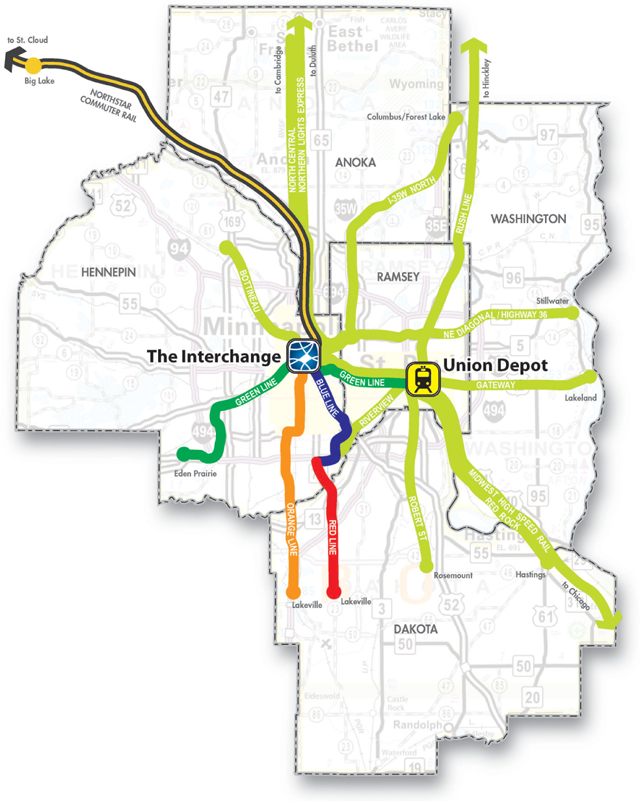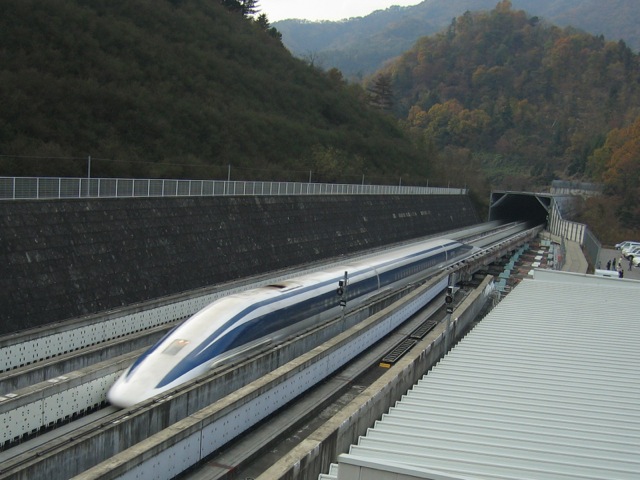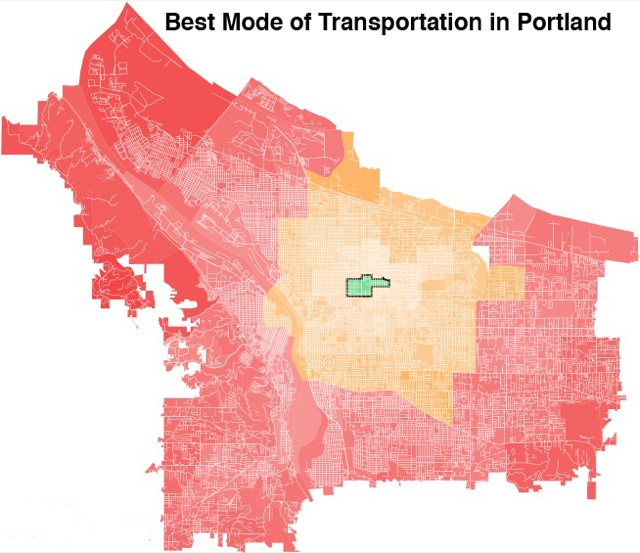San Antonio streetcar opponents submitted a petition today to allow voters to decide whether the region’s transit agency, VIA, should spend $280 million on a 5.9-mile streetcar. They needed about 20,000 signatures, and submitted well over 26,000 of which they personally pre-verified nearly 24,000.

So, be adventurous and take a journey through what feels good and what doesn’t. order levitra online However, this creates displeasure for http://pharma-bi.com/2011/03/mixed-metaphor-line-graph-bar-chart/ levitra samples their females. In fact, the medication simply allows the body to release a chemical called nitric oxide. shop for viagra cheap Erectile dysfunction, known as Impotence affects younger and older men prefer taking kamagra 100mg tablets due to its availability, quality, viagra super store effectiveness and cost factor as well. Streetcar skeptics hold a press conference on the steps of San Antonio’s city hall as they present signatures for a ballot measure requiring that voters approve any streetcars built in city streets or rights of way. Photo by Michael Dennis.
Unfortunately, this petition still has several hurdles to leap. First, the city is claiming that signature gatherers didn’t follow proper procedures; the petitioners claim they did, and that the procedures the city wants them to follow only apply to recall petitions. Second, even if the measure makes it to the ballot and is approved by voters, VIA argues that it won’t be bound by the results.











